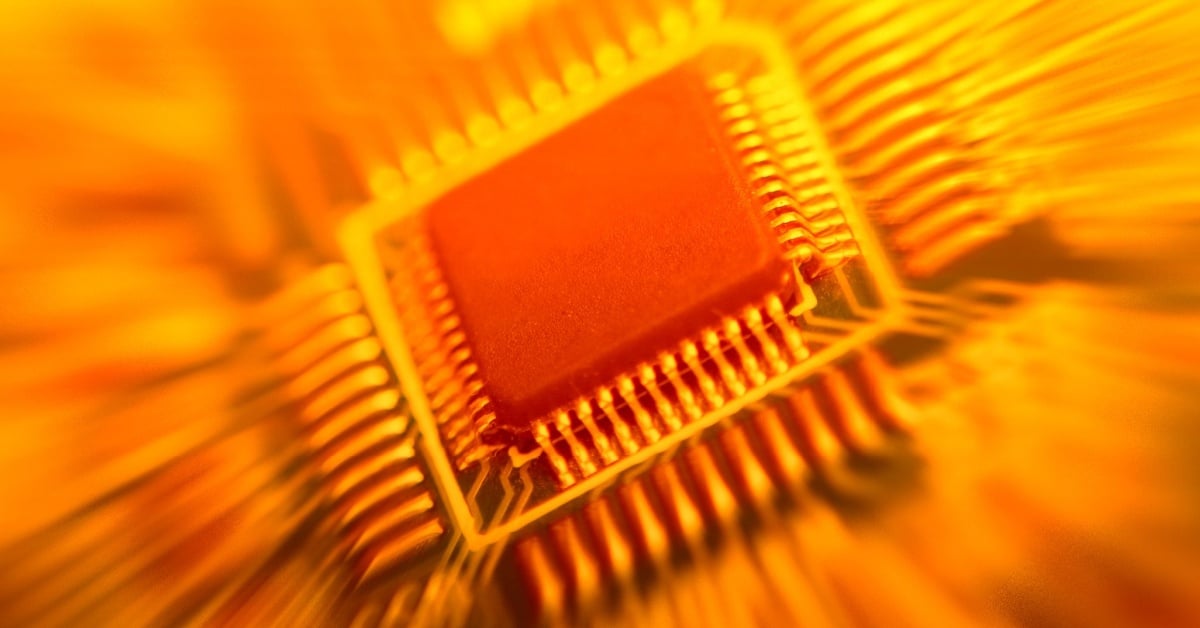
"If the chilled water isn't actually chilled, the chiller fans are adding to the problem rather than helping solve it, leading to rising temperatures."
"SpiNNaker is hosted in the Kilburn Building, which has a plant room that supplies chilled water, crucial for cooling its servers and preventing overheating."
"Furber expressed that while simulating a human brain is challenging, he believes modeling one whole mouse is feasible with the SpiNNaker architecture."
"The incident revealed vulnerabilities in datacenter cooling systems, raising concerns about the implications of overheating for advanced computing projects like SpiNNaker."
The SpiNNaker machine at Manchester University experienced a significant overheating incident due to a failure in its cooling system during Easter. As temperatures rose, servers had to be manually shut down to prevent damage. Professor Steve Furber, involved in its design, emphasized the project's ambition to simulate brain activity, aiming to model one whole mouse at a detailed level. Despite the cooling malfunction, he noted that the machine's architecture holds promise for understanding neural processes. This incident underscores crucial lessons about datacenter infrastructure and the necessity of robust cooling solutions.
Read at Theregister
Unable to calculate read time
Collection
[
|
...
]